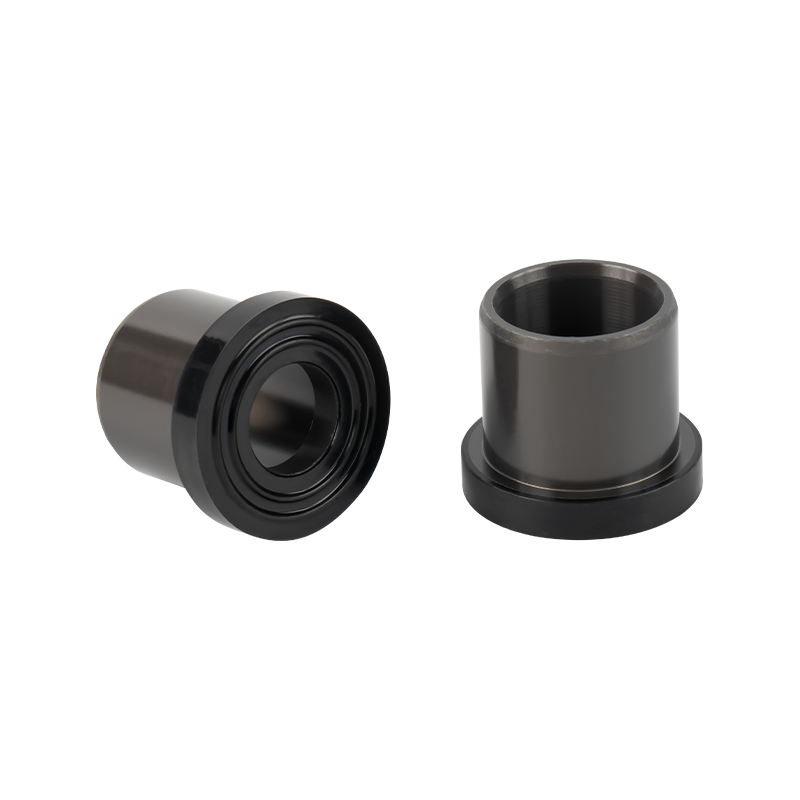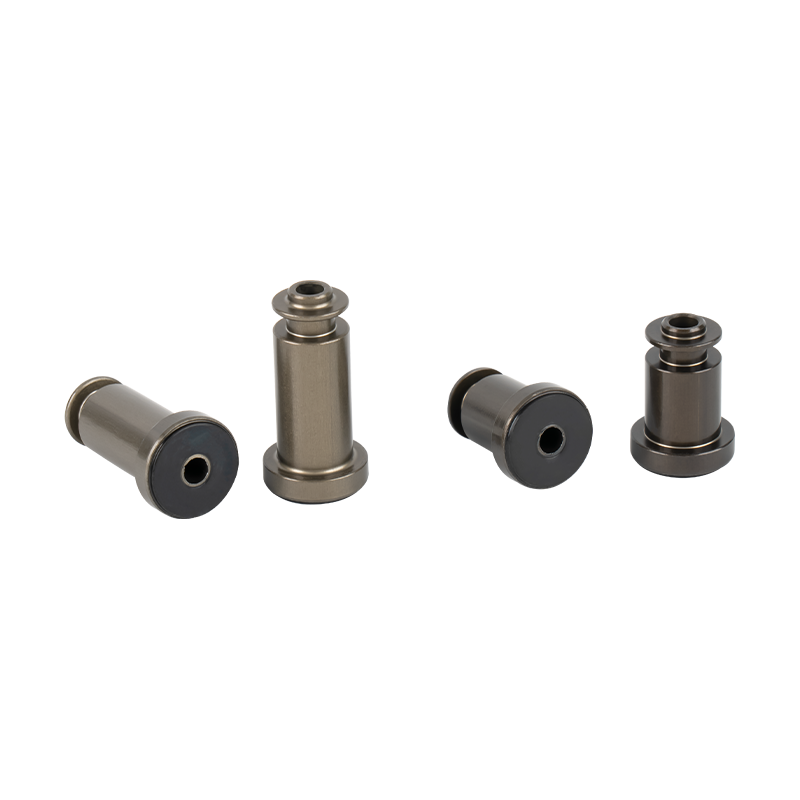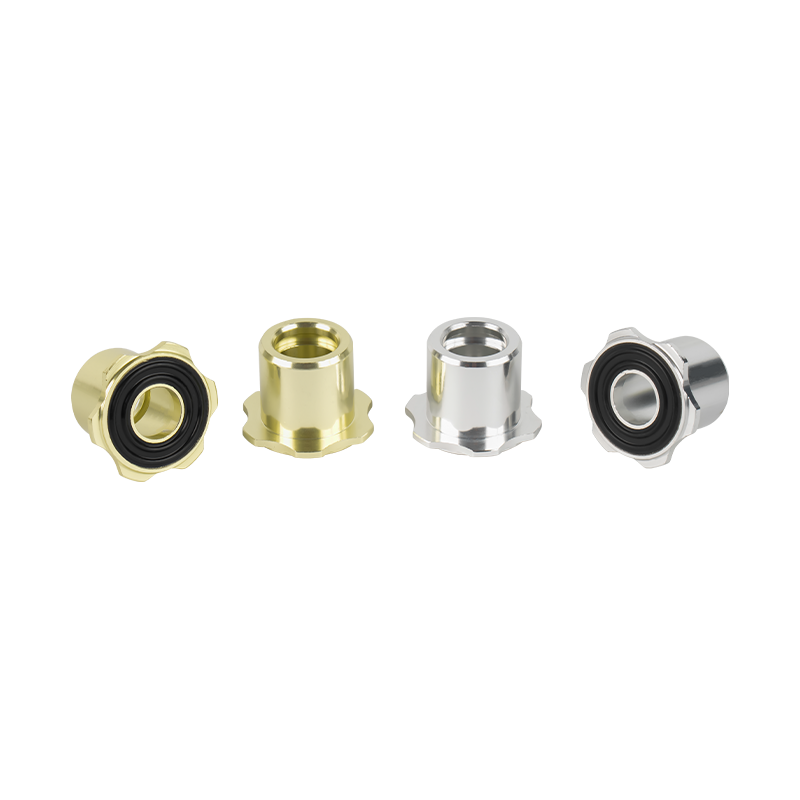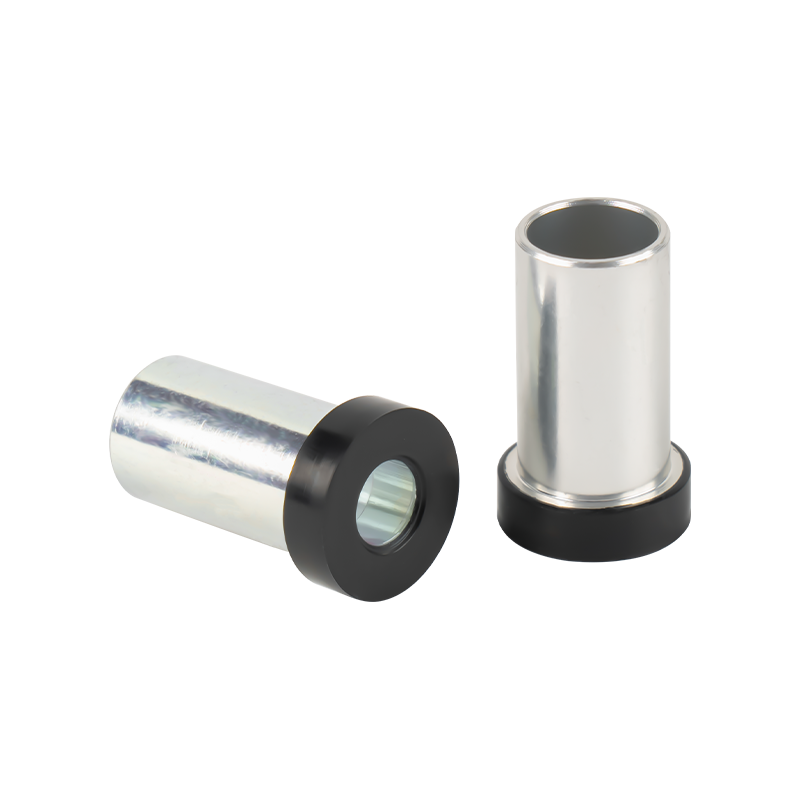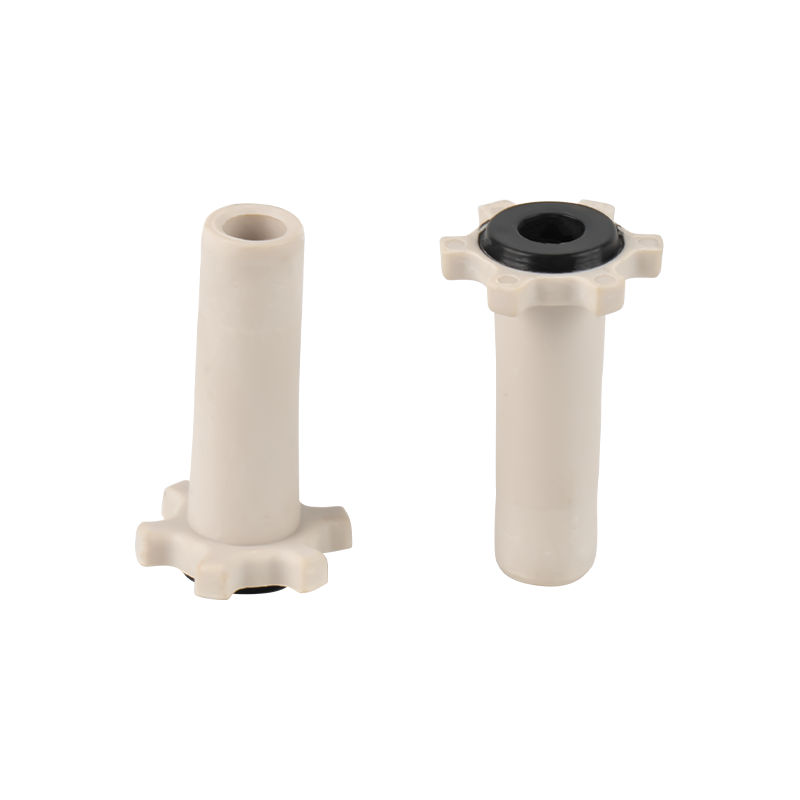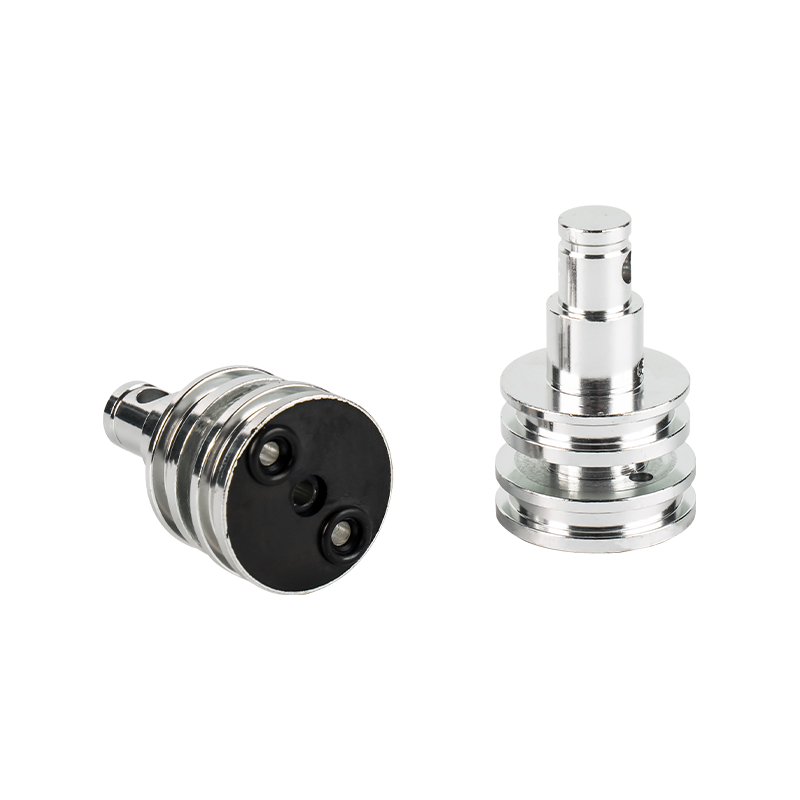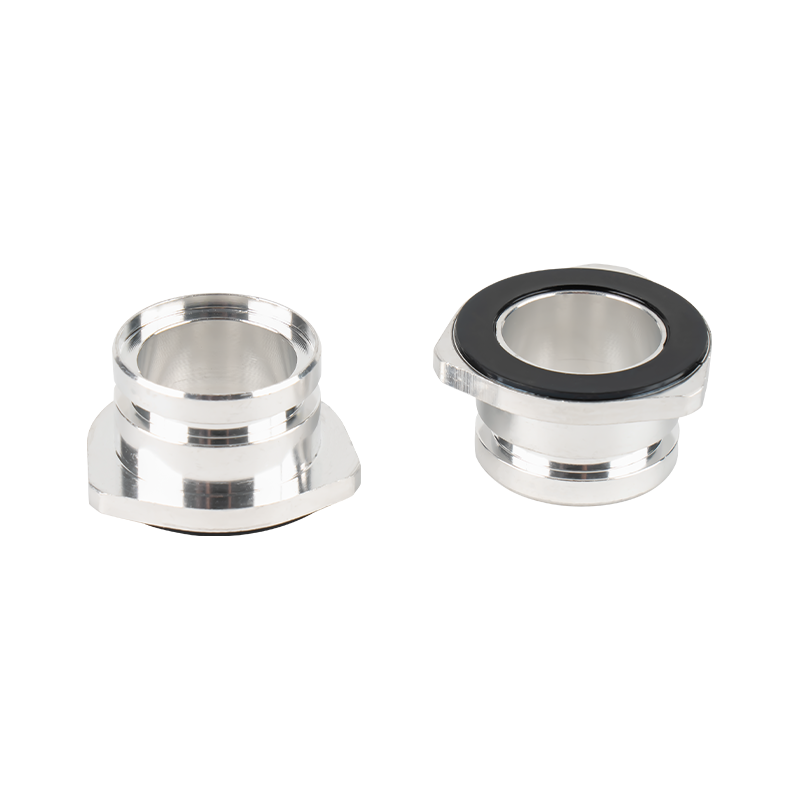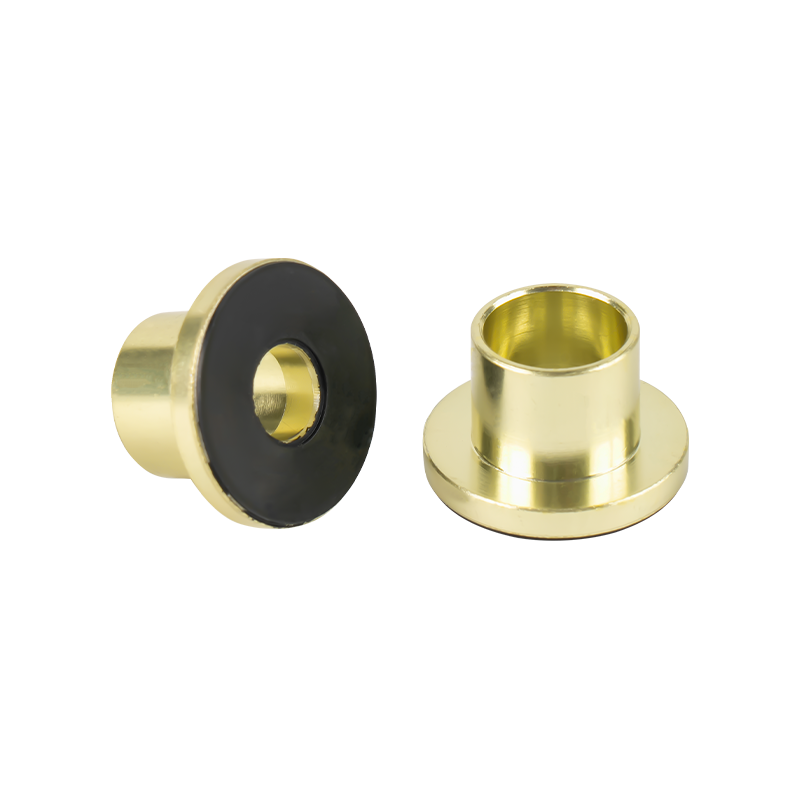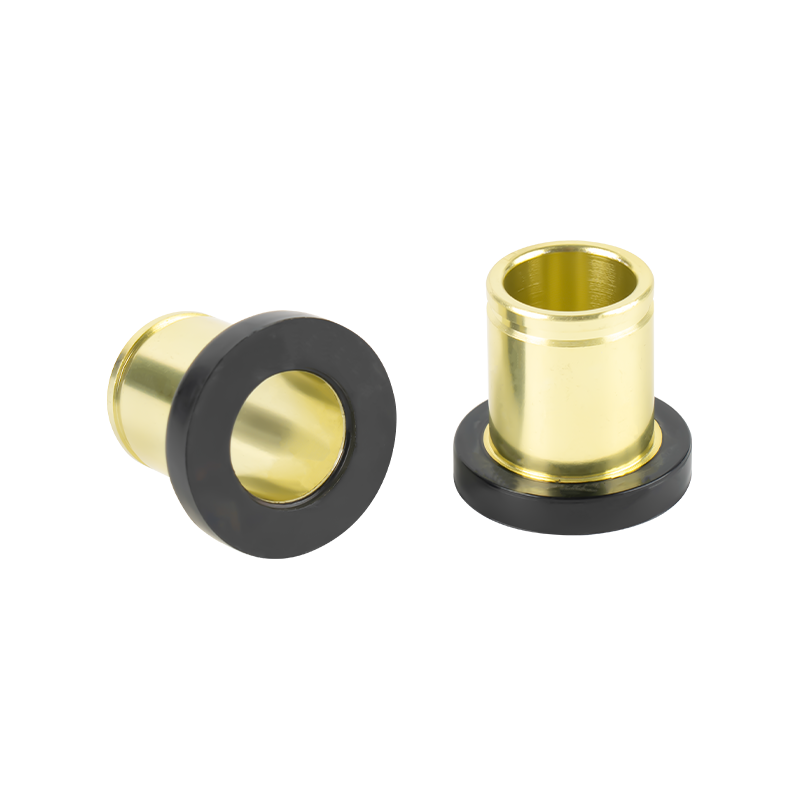What Are Aluminum Alloy/Copper Machined Parts? What Advantages Do They Bring to Industrial Production?
2025-09-19
What Are Aluminum Alloy/Copper Machined Parts, and How Are They Made?
Aluminum alloy machined parts are components processed from aluminum alloys (aluminum mixed with elements like silicon, magnesium, or copper) through machining techniques—such as turning, milling, drilling, or grinding. Copper machined parts are similarly made from pure copper or copper alloys (like brass or bronze) using the same processes. The manufacturing process typically involves: 1) Cutting raw materials (aluminum alloy/copper blocks or bars) into rough shapes; 2) Using CNC (computer numerical control) machines to precisely carve the parts to meet design dimensions (tolerances can be as small as 0.001mm); 3) Surface treatments (such as anodizing for aluminum alloys or plating for copper parts) to enhance performance; 4) Quality inspection (using calipers or optical scanners) to ensure compliance with standards. These parts range from small components (like 1cm screws) to large parts (like 1-meter-long machine frames).
What Unique Properties Do Aluminum Alloy Machined Parts Have?
Aluminum alloy machined parts are favored in industry for three key properties. First, lightweight and high strength: aluminum alloys have a density of only 2.7 g/cm³ (about 1/3 that of steel), but after alloying and machining, their strength can match low-carbon steel—making them ideal for weight-sensitive products. For example, automotive manufacturers use aluminum alloy machined parts (like engine brackets) to reduce vehicle weight by 10%-15%, improving fuel efficiency. Second, excellent corrosion resistance: aluminum alloys form a thin oxide film on the surface that prevents further rusting—so they are used in outdoor equipment (like solar panel frames) or marine parts (like boat hull components) without frequent anti-rust maintenance. Third, good thermal conductivity: aluminum alloys conduct heat 3-4 times better than steel, so they are used in heat-dissipating parts (like computer CPU coolers or LED lamp housings) to prevent overheating.
What Makes Copper Machined Parts Indispensable in Industry?
Copper machined parts owe their importance to two irreplaceable properties. First, superior electrical conductivity: pure copper has an electrical conductivity of 58 MS/m (the highest among common metals except silver)—so copper machined parts (like circuit board connectors or transformer windings) are used in electronics to transmit electricity with minimal loss. For example, power grids rely on copper machined parts to reduce energy waste during long-distance transmission. Second, excellent thermal conductivity: copper conducts heat 1.6 times better than aluminum, making it suitable for high-heat scenarios. For example, semiconductor manufacturers use copper machined parts (like heat sinks for chips) to quickly dissipate heat from high-performance chips. Additionally, copper has good ductility—meaning it can be machined into complex shapes (like thin-walled pipes or intricate connectors) without breaking, which is critical for precision electronics.
How Do Aluminum Alloy/Copper Machined Parts Improve Industrial Production Efficiency?
These parts boost efficiency in three ways. First, fast machining speed: aluminum alloys and copper are softer than steel, so CNC machines can cut them 2-3 times faster—reducing production time for parts. For example, a copper connector that takes 10 minutes to machine would take 25 minutes if made of steel. Second, low maintenance costs: their corrosion resistance means the parts last longer (2-3 times longer than steel parts in harsh environments), reducing the frequency of replacements and downtime for equipment. Third, compatibility with automation: their consistent machinability makes them easy to produce in large batches using automated CNC lines—manufacturers can produce thousands of identical parts per day with minimal human intervention. For example, smartphone factories use automated lines to produce aluminum alloy phone frames and copper charging ports, meeting high-volume production needs while ensuring quality consistency.

 English
English русский
русский 中文简体
中文简体